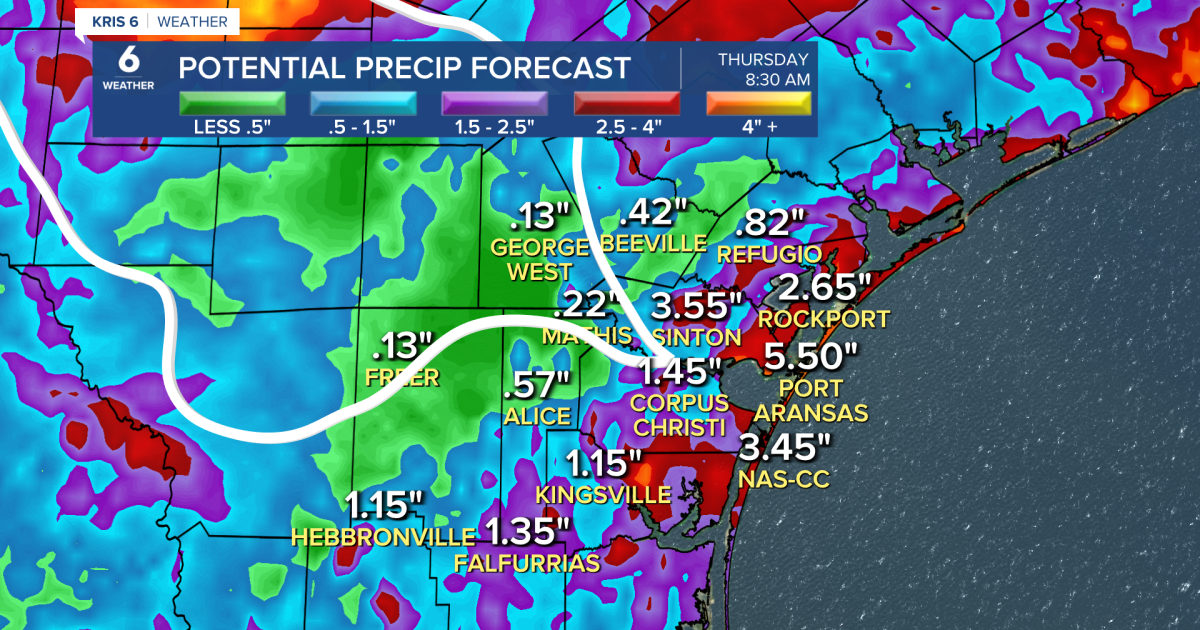Understanding June Hurricanes: Atlantic Storm Development And Current Trends

Welcome to your ultimate source for breaking news, trending updates, and in-depth stories from around the world. Whether it's politics, technology, entertainment, sports, or lifestyle, we bring you real-time updates that keep you informed and ahead of the curve.
Our team works tirelessly to ensure you never miss a moment. From the latest developments in global events to the most talked-about topics on social media, our news platform is designed to deliver accurate and timely information, all in one place.
Stay in the know and join thousands of readers who trust us for reliable, up-to-date content. Explore our expertly curated articles and dive deeper into the stories that matter to you. Visit Best Website now and be part of the conversation. Don't miss out on the headlines that shape our world!
Table of Contents
Understanding June Hurricanes: Atlantic Storm Development and Current Trends
Hurricane season officially begins June 1st in the Atlantic, but the idea of a hurricane forming in June might seem unusual. While the peak months are August through October, understanding the conditions that can lead to June hurricanes is crucial for preparedness and safety. This article explores the factors contributing to Atlantic storm development and examines recent trends in early-season hurricane activity.
The Science Behind June Hurricanes: A Rare but Real Phenomenon
June hurricanes are less frequent than those occurring later in the season due to several factors. Ocean temperatures play a vital role. Hurricanes require warm ocean waters – typically above 80°F (27°C) – to fuel their development. While these temperatures are often reached in the Atlantic by June, they may not be widespread enough across the necessary area to sustain a hurricane’s intensity.
Another key factor is wind shear. Strong upper-level winds can disrupt the organized structure of a developing storm, preventing it from intensifying into a hurricane. Wind shear tends to be stronger in early hurricane season, making it more difficult for storms to form and maintain their strength.
However, these factors are not insurmountable. The right combination of warm waters, atmospheric instability, and minimal wind shear can still create conditions favorable for hurricane development in June. Furthermore, climate change is a significant variable increasingly influencing ocean temperatures and atmospheric patterns, potentially increasing the likelihood of early-season storms.
Current Trends in Early-Season Hurricane Activity:
While June hurricanes remain relatively uncommon, there's been a noticeable shift in recent years. Studies suggest a possible increase in the frequency and intensity of early-season storms, although more research is needed to definitively attribute this to climate change.
- Increased Ocean Temperatures: Rising global temperatures contribute to warmer ocean surface temperatures, expanding the area and duration of favorable conditions for tropical cyclone development.
- Changes in Atmospheric Patterns: Shifts in atmospheric pressure patterns and wind shear can also influence storm formation and track.
- Improved Forecasting Technology: Advances in hurricane forecasting have led to earlier and more accurate predictions, allowing for better preparation and response.
Preparing for a June Hurricane: Don't Get Caught Off Guard
The possibility of a June hurricane, while lower than in peak season, should not be dismissed. It’s crucial to remain vigilant and prepared throughout the entire hurricane season.
- Develop a Hurricane Plan: Create a family emergency plan that includes evacuation routes, supplies, and communication strategies. [Link to a reputable source on hurricane preparedness, e.g., NOAA website].
- Monitor Weather Forecasts: Pay close attention to weather updates from reputable sources like the National Hurricane Center (NHC).
- Assemble an Emergency Kit: Stock up on essential supplies, including water, non-perishable food, batteries, a first-aid kit, and medications.
- Strengthen Your Home: Take steps to protect your home from hurricane damage, such as securing loose objects and trimming trees.
Conclusion:
While June hurricanes are less common than later-season storms, the possibility of their occurrence highlights the importance of year-round preparedness. Understanding the evolving factors influencing Atlantic storm development, including the potential impact of climate change, is critical for enhancing hurricane readiness and mitigating potential risks. Staying informed and proactive is the best way to ensure your safety during hurricane season. Remember to consult the National Hurricane Center for the latest updates and warnings.

Thank you for visiting our website, your trusted source for the latest updates and in-depth coverage on Understanding June Hurricanes: Atlantic Storm Development And Current Trends. We're committed to keeping you informed with timely and accurate information to meet your curiosity and needs.
If you have any questions, suggestions, or feedback, we'd love to hear from you. Your insights are valuable to us and help us improve to serve you better. Feel free to reach out through our contact page.
Don't forget to bookmark our website and check back regularly for the latest headlines and trending topics. See you next time, and thank you for being part of our growing community!
Featured Posts
-
 French Open First Round Womens Singles A Photo Review
May 28, 2025
French Open First Round Womens Singles A Photo Review
May 28, 2025 -
 Expect Heavy Rainfall Series Of Disturbances Fueled By Gulf Moisture
May 28, 2025
Expect Heavy Rainfall Series Of Disturbances Fueled By Gulf Moisture
May 28, 2025 -
 Quantum Leap Or Quantum Dip Comparing Rigetti And D Wave For Ai Investment
May 28, 2025
Quantum Leap Or Quantum Dip Comparing Rigetti And D Wave For Ai Investment
May 28, 2025 -
 Pacers Substandard Play Costs Them Game 3 Against Knicks
May 28, 2025
Pacers Substandard Play Costs Them Game 3 Against Knicks
May 28, 2025 -
 Alex Palous Performance At Indy 500 A Masterclass In Oval Racing
May 28, 2025
Alex Palous Performance At Indy 500 A Masterclass In Oval Racing
May 28, 2025
Latest Posts
-
 Upper Dublin Youths Memorial Day Beach Trip Showcased On 6 Abc
May 30, 2025
Upper Dublin Youths Memorial Day Beach Trip Showcased On 6 Abc
May 30, 2025 -
 Wnba Statement Insufficient Evidence Of Racism At Sky Fever Game
May 30, 2025
Wnba Statement Insufficient Evidence Of Racism At Sky Fever Game
May 30, 2025 -
 Arsenals Gyokeres Pursuit And Man Uniteds Cunha Deal Live Transfer News Updates
May 30, 2025
Arsenals Gyokeres Pursuit And Man Uniteds Cunha Deal Live Transfer News Updates
May 30, 2025 -
 Mc David Oilers Power Past Stars In Game 4 Seizing 3 1 Advantage
May 30, 2025
Mc David Oilers Power Past Stars In Game 4 Seizing 3 1 Advantage
May 30, 2025 -
 Analyzing The Future Ranking Key Nba Free Agents For The 2024 Offseason
May 30, 2025
Analyzing The Future Ranking Key Nba Free Agents For The 2024 Offseason
May 30, 2025
